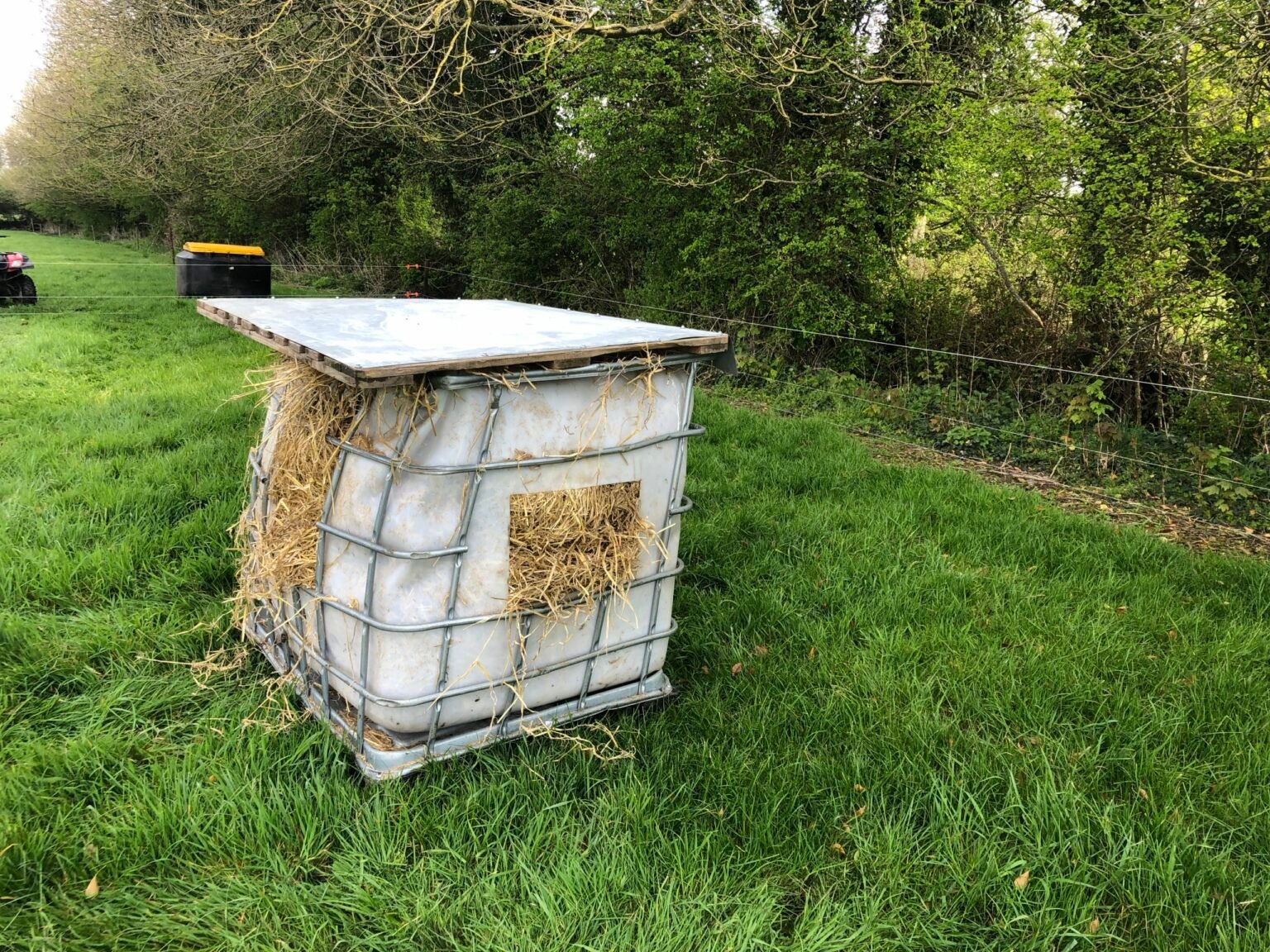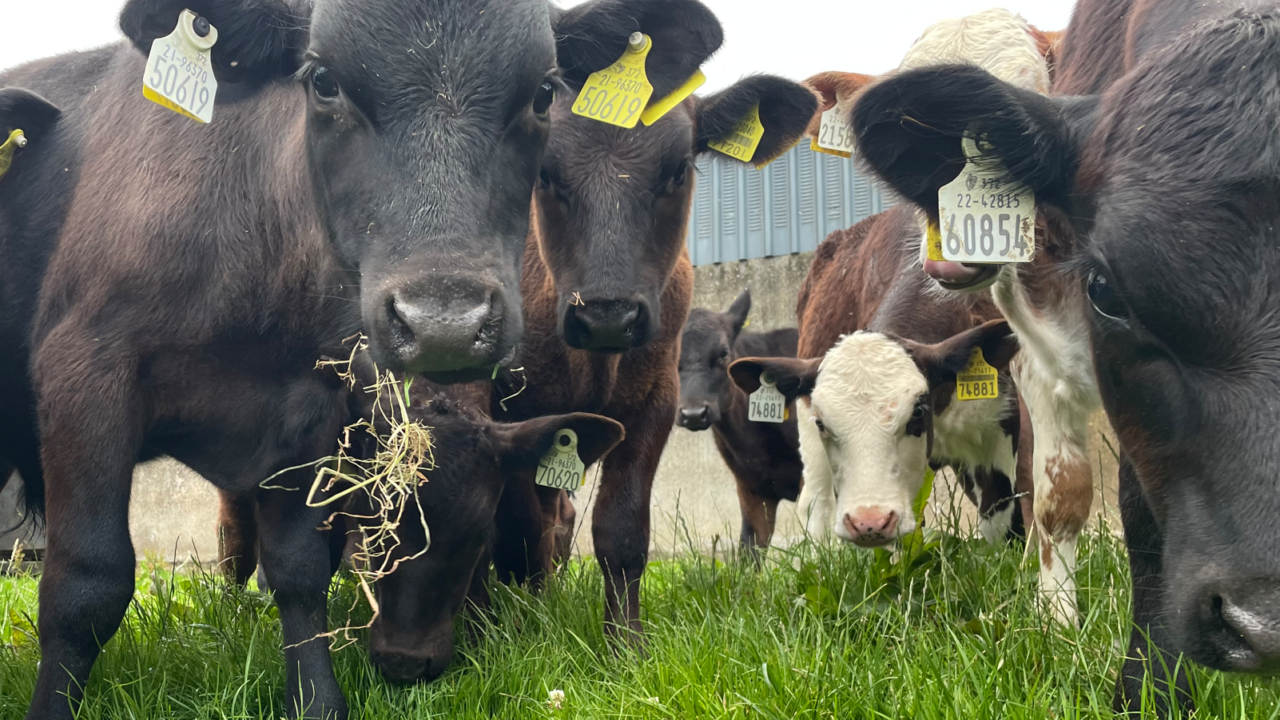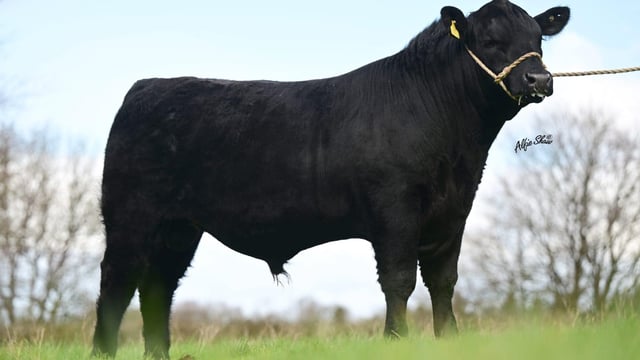Turning calves out to grass: what to be wary about
As there are many calves out at grass across the country with the good weather in store, it is important not to act too quickly with younger ones.
The conditions allow, and patience is probably running low as rearing calves indoors can be quite labour-consuming, considering that it involves constantly bedding them, filling up hay racks, and cleaning out pens.
However, if the rumen is not fully developed before turn-out, the young calf can run into health issues.
Summer scour syndrome (SSS) is a relatively new condition, and research is currently ongoing to determine the exact cause, but inadequate rumen development may contribute to the syndrome.
Signs of SSS include scour and rapid weight loss that are not caused by the common infections of calves at grass and usually occur within a month of turn-out to grass and up to 12-months-of-age.
Other signs include lethargy, weakness, and lack of rumination, which can progress to profound weakness and death.
The disease often occurs when calves are grazing lush pastures with a high crude protein (CP) content (>20%) and a low fibre content (<40%).
As calves are selective grazers, they will continue grazing the leafier parts of the grass, which contain more nitrates and non-protein nitrogen (NPN) - a large quantity of ammonia may build-up in the rumen if it is not fully developed.
Unstable pH for rumen microbes to function is another knock-on effect of inadequate rumen development, which may lead to the calf getting summer scour.
There needs to be a gradual weaning for calves, with an appropriate transition from milk to grass.
Discuss your weaning process with your vet or farm advisors, as it may be appropriate to delay weaning to at least 10-weeks-of-age, instead of the standard eight weeks.
In order to allow for rapid rumen development, concentrates should be added to the diet within the first week of life.
Farmers should begin weaning up to four weeks before removing milk completely, ensuring it is a smooth transition, with consistency at the heart of all operations involving calves.
Prior to milk being stripped from the diet completely, calves should be eating at the very least 1kg of concentrates/day.
Making any dietary changes should be avoided, as it will only cause stress on the calf and, as a result, take the animal longer to adjust.
It might be no harm to consider retaining calves indoors on a concentrate and high fibre diet for at least one week after weaning before they are turned out to pasture.
As calves are unable to handle high quality grass, it is best practice to give them access to more fibre, as calves that are grazing on more fibrous grass rarely suffer from the disease.

A practical way of correcting the fibre deficit for your calves is to introduce hay or straw into the diet while the calves are out at grass.
It is important to keep this hay or straw fresh and to keep it in their diet for the first number of months out at grass.
Strip grazing calves is another possible method to prevent the onset of summer scour as it will encourage them to graze both the leaf and the stem of the grass.
It is crucial in the first four to six weeks after turnout to grass to closely monitor your calves for any evidence of scour and weight loss, so you can detect the condition early and treat accordingly.





